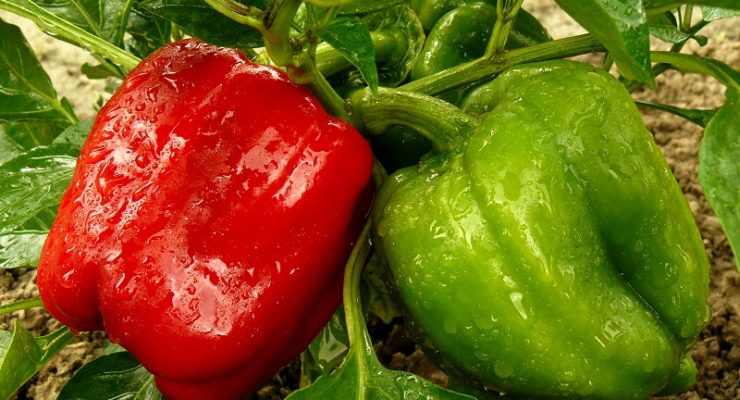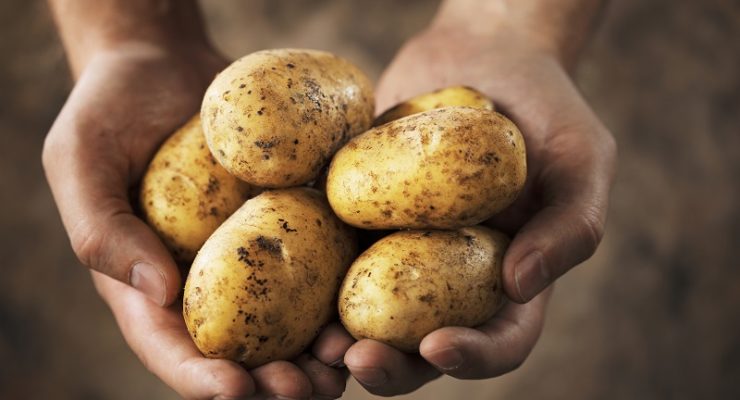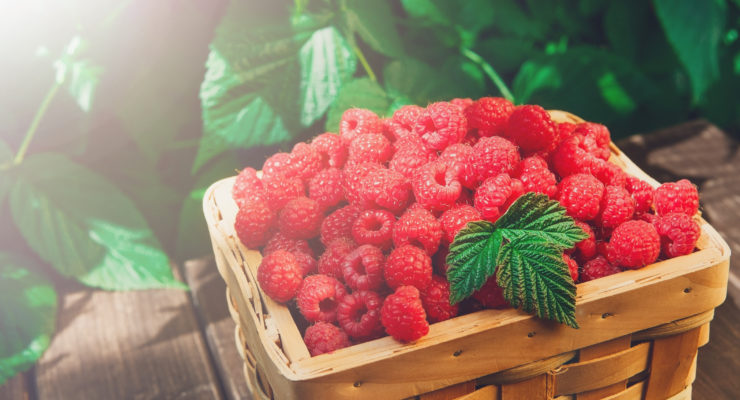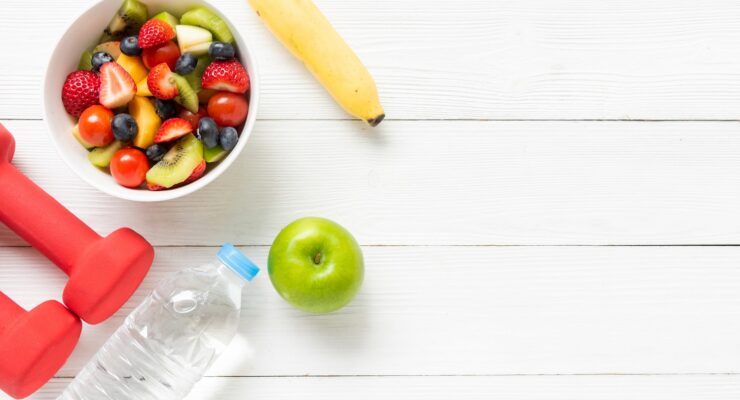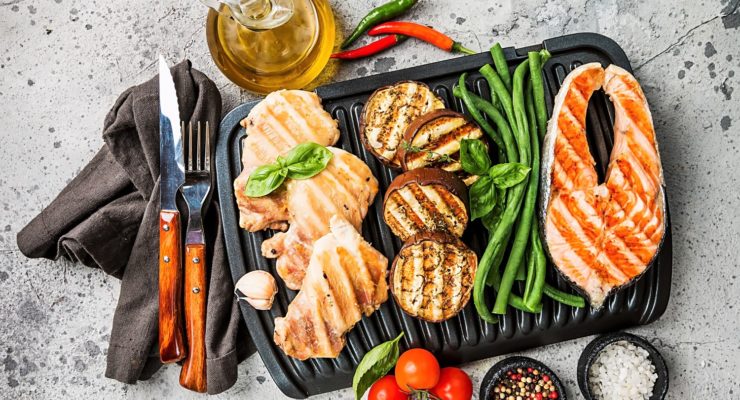Gardening with Scott: Wild About Fruit
Article posted in: Lifestyle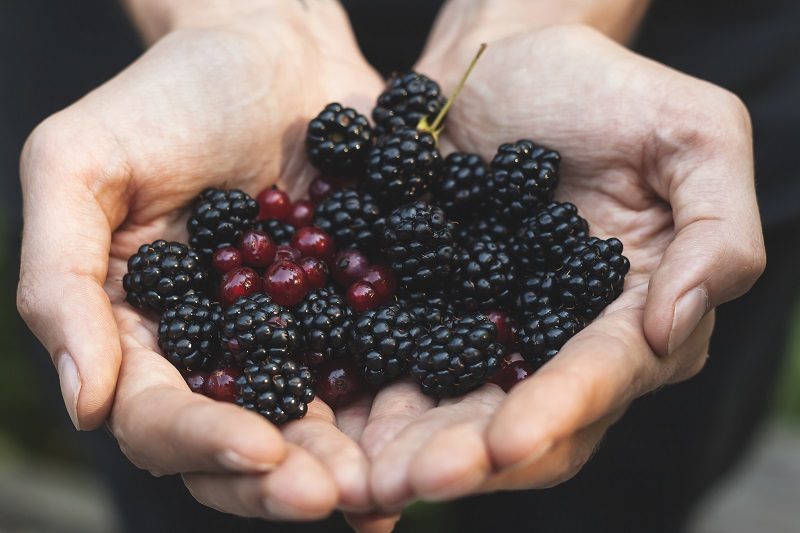
You don’t need a garden to harvest baskets full of fresh wild fruit straight from the tree or vine. Many delicious varieties grow in uncultivated spaces, in cities, suburbs and rural areas. Foraging for food (or gathering untended edible plants) has become so popular in many places that social media groups organize tours and dinners. They’re a good place to start if you’re new to the experience. If you decide to go alone, remember that you should never pick on private property without permission. And be sure to avoid any plants that might be exposed to pesticides, industrial chemicals or other toxins.
Ready to explore these new tastes? We’ve got a list of delicious varieties of wild fruit that are abundant throughout most of the country in summer and early fall. Before you sample any of them, consult a website or field guide to be certain you’ve identified it properly. Like all fresh fruit, wild fruit varieties are SmartCarbs—they’re loaded with nutrients and fiber and a healthy part of your diet in recommended portions. One cup of these fruits is about one serving.
Check out six of our top wild fruit picks:
1. Huckleberries
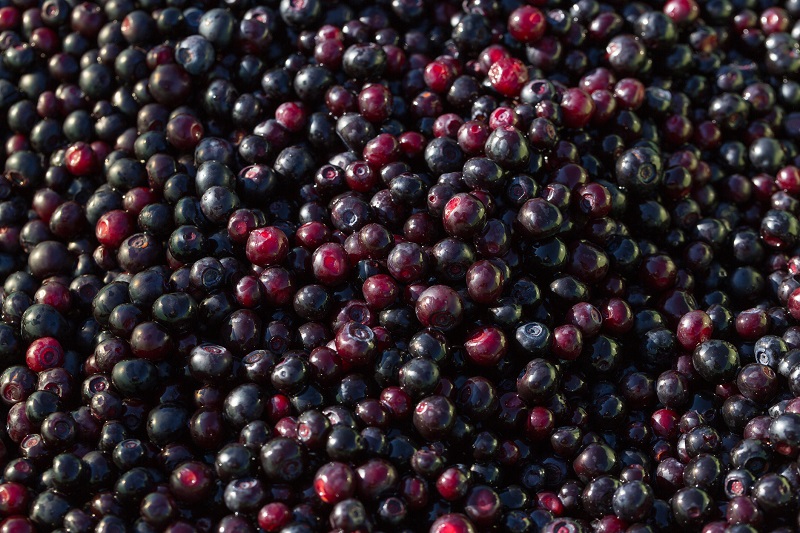
Only botanists can tell the difference between blueberries and huckleberries just by looking at them. Huckleberries are a wild fruit cousin of the more familiar blue fruit, but they’re a bit smaller. They have a perfectly balanced taste that is prized by bakers of pies and cobblers. The extra juicy berries sweeten fat-free plain yogurt and they make a delicious fresh topping for Buttermilk Waffles. Huckleberries grow on bushes in the sunny areas at the edges of woodlands. The fruit ripens in late summer.
2. Blackberries
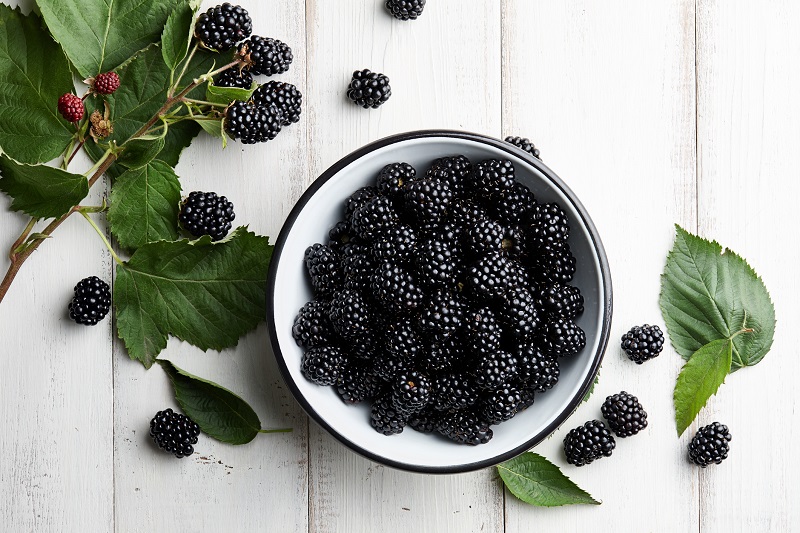
You could pay five dollars or more for a pint of blackberries at the supermarket, but they grow abundantly in many state parks and forests around the country. The fruit is large—as big as your thumb—and sugary with a hint of tang. Blackberries turn smoothies appealingly purple and give Thick Sliced French Toast another layer of flavor. Look for blackberries in partially shady areas growing on canes (or woody vines) that reach up to six feet tall. Remember to wear long sleeves when picking them to protect your arms from the plant’s sharp thorns.
3. Cranberries

The little red fruit that is popular around the holidays comes from plants growing in bogs in a few places. Highbush cranberries look and taste very much the same, but they are a different species that thrive in a wide range of climates. Highbush cranberry shrubs are attractive from spring to fall and they’ve become popular ornamental plants for landscapers to use in corporate campuses and other carefully groomed spaces. Birds are the only competition for the berries, which ripen in late summer. The fruit’s tart flavor will complement the sweetness in Maple Brown Sugar Oatmeal.
4. Grapes

No matter where you live, you don’t have to look far from your home to find wild grapes. The dozens of different varieties have adapted to almost every climate, and they come up in vacant city lots, around suburban backyards and strip malls and farmlands. Wild grapes are more like the Concord types than the green and red “table grapes” you find in stores. These have dark blue or purple skin, a few seeds inside, and a luscious soft pulp that’s naturally sweet when they’re fully ripe. Remove them from the stem, let them chill in the freezer and pop them in your mouth when you need a cool treat on a hot day.
5. Pawpaws
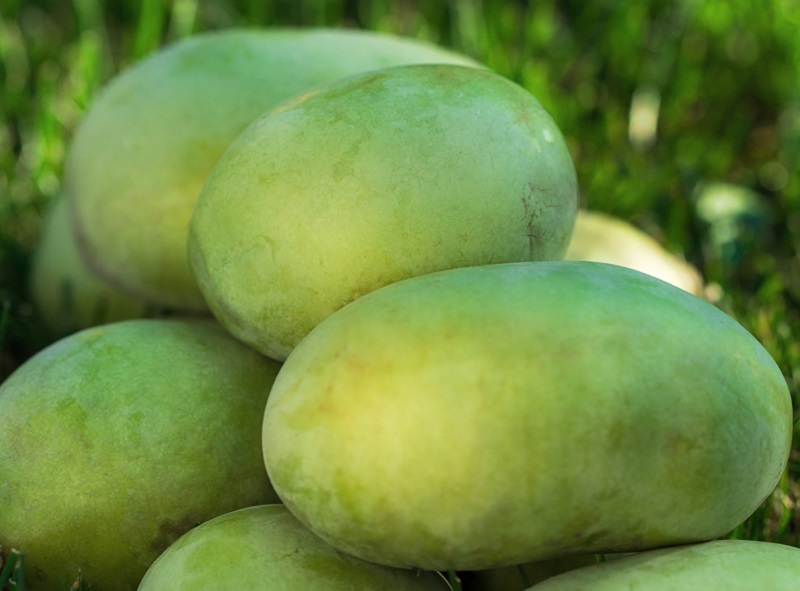
If you enjoy the tropical tastes of mangoes, pineapple and bananas, you’ll like pawpaws. They weigh up to one pound each and, with their green to yellow skin, they look like large mangoes. The soft flesh inside is a creamy color with a few big black seeds. Pawpaws grow on tall trees that are often found around old or abandoned homes and farms. If want something different than your everyday banana in your Sweetened Os Cereal, try slices of pawpaw.
6. Persimmons
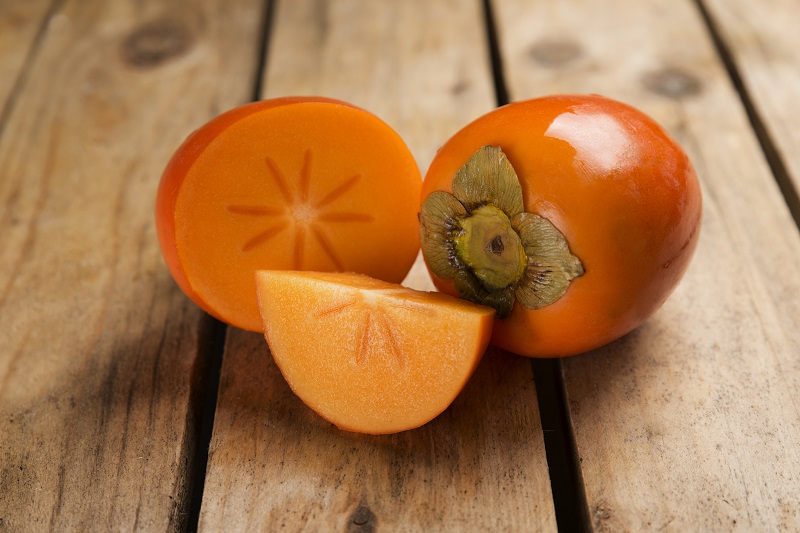
You may have seen and even tried Japanese (or Asian) persimmons, a specialty fruit found in grocery stores at certain times of the year. American persimmons grow wild in sunny areas near forests and parks, and along roadsides. The fruit is smaller than the Asian type, but a similar orange-red color when ripe. American persimmons taste sour until they soften and are about to drop off the tree. At that point, they become the sweetest fruit you’ve ever eaten. The soft, juicy flesh is typically enjoyed fresh, but you can use it in smoothies, too.

